This summer, my family and I went on a tandem biking expedition in Connemara, a rugged area in County Galway, Ireland from which part of my lineage traces. We rode 20-30 miles a day in a rare Irish heatwave, through rolling green hills and endless pastures of sheep, with nary a car in sight. By afternoon, the asphalt was literally melting beneath our bike tires!

Manny, Mona, and Maximo wave during a brief water break next to more sheep.
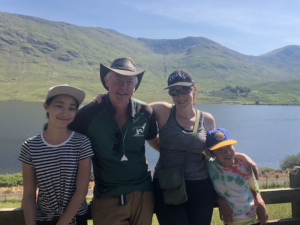
The kids and I with Joe Joyce, who runs Joyce Country Sheepdogs. He showed us how to herd a flock of sheep with two simple dog commands.
On day three, we made our way to Loch Con Aortha, a seaside glacial lake where my great-great grandfather John Joyce was born before immigrating to Oakland, California. (See photo below of John and Johanna Joyce’s 40th wedding anniversary; my great-grandmother is the lovely lady third from the right.) Manny and I had found this magical place during our 2005 honeymoon and got to break brown, Irish bread with Julia Joyce, a descendant who was 92 at the time. Julia had raised five children in the modest home a stone’s throw from the hut where John was born. I knew she had likely passed away by now, but hoped to find other relatives.

View of Loch Con Aortha from the property where my great-great grandfather was born before immigrating to Oakland. He was the only one of his siblings to come to America. and he raised his children on 7th Street in West Oakland. One, Cyrene, died in the 1906 earthquake at six months of age.
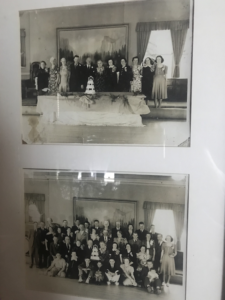
Top: Wedding anniversary of John and Johanna Joyce (center) with their children surrounding them. Bottom: Extended Joyce clan. My grandfather Robert is bottom right with the baby on his lap.
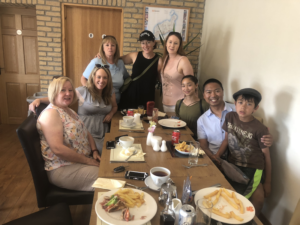
Lunch with our extended Irish family! Don’t mind Maximo; he was tired.
No one was at the house, but the kids delighted in climbing the stone structure, bushwhacking weeds, and imagining a future time when they would come back and build a thatched roof for the hut. I walked down a dirt road and found a young mother and her children at home. She gave me the phone number of Sorcha Ni Cheide, the granddaughter of Julia Joyce, who I proceeded to text, not really expecting a reply. The next day we were met at the Aran Islands ferry by Sorcha, her cousin, and their mothers! They took us to lunch where we pieced together our genealogies, learned a few words of Irish (they are all native speakers), and I learned that Julia had passed away in 2012… in the home where she had raised her children, still vibrant and surrounded by family.

The overgrown stone hut where my great-great-grandfather and his siblings were born.
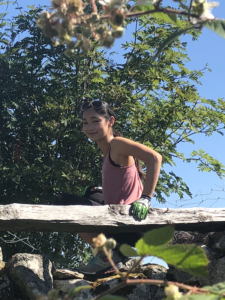
Mona climbs the hut in true aerialist style. She is a circus performer!
All of this got me thinking deeply about my great-grandmother Gertrude Joyce (I called her “Gar” when Gertrude was a mouthful). Gar was born in Oakland 1901 and died when I was 24, so I knew and loved her dearly. As a small child, I stayed in her tiny apartment in LA where she would peel orange skins into spiraling “snakes,” take me to a rose garden to play hide and seek, feed me coffee saturated with sugary milk, and play choo-choo train as we took out the garbage. I adored Gar.
My mother and I were at Gar’s bedside when she transitioned, and I remember singing her Tura Lura Lura, an Irish lullaby, on that final night. But in many ways, Gar died alone. She lived in an American-style retirement “village” in the final decades of her life, far from us and her other grandchildren. Leisure World always felt sterile and sad to me, with fake waterfalls and cheery attempts to build community among residents. It probably worked for some folks, but for my grandma, who was proud and independent (and played a mean game of Scrabble despite an 8th grade education), it just didn’t. I thought about how different Julia Joyce’s story of aging was from Gar’s, enveloped by family and familiar terrain, and it brought tears to my eyes.
This brings me to the beginning of the school year, and the values that we can choose to model for our students and colleagues as we begin the year. Much has been written about the difference between individualist and collectivist values in the classroom. In my book, I write that Listening Leaders recognize the presence of a dominant culture in schooling that tends to promote:
- Individualism and individual achievement over team success
- Independence and self‐reliance over interdependence
- Technical, or “hard” skills, over relational, or so-called “soft” skills
- Competition over collaboration
- Quiet, stillness, and compliance over talk, movement, and critical thinking
In truth, many of our students resonate more with the collectivist values on the right side of this spectrum. They grow up in homes and communities where folks take care of and rely on each other, and then they land in the starkly competitive and individualistic climate of the American classroom. This is more than just a values clash; it can be profoundly alienating for young people struggling to find a sense of belonging and identity at school.
As we ramp up for a new year, I’ve been thinking about ways to disrupt individualism and foster collectivism in the classroom. Here are a few thoughts.
Get failure out of the classroom. Traditional grading systems are built on the notion that some will succeed and others will fail. Why should this be true? What if you told students that your goal this year is that no one will fail, and that you will support them to revise their work until it’s up to par? Scholar Linda Darling-Hammond calls this building a culture of revision and redemption.
Disrupt your space. The typical high school classroom has linear rows, all facing toward the “expert” teacher. Distribute expertise and foster interdependence by flexing the structure of your classroom. Use community circles to open or close class. Use tables or push desks together to engage small groups in interdependent tasks. Create a reading corner or a mindfulness chair. Mix it up! Don’t let your classroom feel static.
Reward peer support. My husband, a veteran math teacher who teaches newcomer immigrants at Oakland International High School, tells his classes that “no one is done until everyone is done” with a group task: a simple and powerful message. He also conveys that if the class average rises, all students’ grades will get a bump, and he offers a whole class reward for improving the homework return rate. These are simple ways to institutionalize collectivism.
Design group-worthy tasks. Many times, we assemble students into groups only to have them work independently. This form of parallel play shouldn’t really be called group work. As you map out your curriculum, think about designing culminating projects or tasks that require interdependence. Does each student have a critical and rigorous role? Are there structures for peer feedback? Can you offer protocols to promote collaborative decision-making and discussion? There are so many tools to help you with this, but at root, it’s about a collectivist mindset.
Value storytelling. Storytelling is an ancient form of transmitting knowledge, history, and culture. Build time into your classroom or professional development schedule for people to share who they are, what they care about, their stories, hopes, and dreams. Engage people in creating Core Memory Maps, an activity described in Chapter 11 of my book. Invite students to create their own culture trees, a metaphor described in Zaretta Hammond’s book, to describe the observable patterns, unspoken rules, and underlying beliefs and values of their culture.
Create routines of affirmation. At least once a week, end your class or meeting with an appreciations ritual–inviting people to offer specific words of gratitude to each other. If you’re concerned that some students will be left out, use equity sticks (click here for more info) to ensure that each student is celebrated at least once a month. You can also create a gratitude wall where students (or grown-ups) write post-it affirmations of one another.
I hope something in this piece touched you. Please share your thoughts and reactions. How will you create a collectivist classroom or adult community this year?

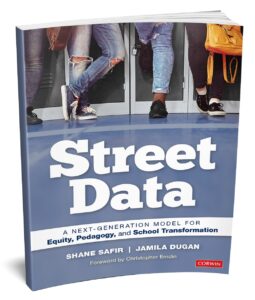 Enter your email here and get a free copy of the first chapter of Street Data!
Enter your email here and get a free copy of the first chapter of Street Data!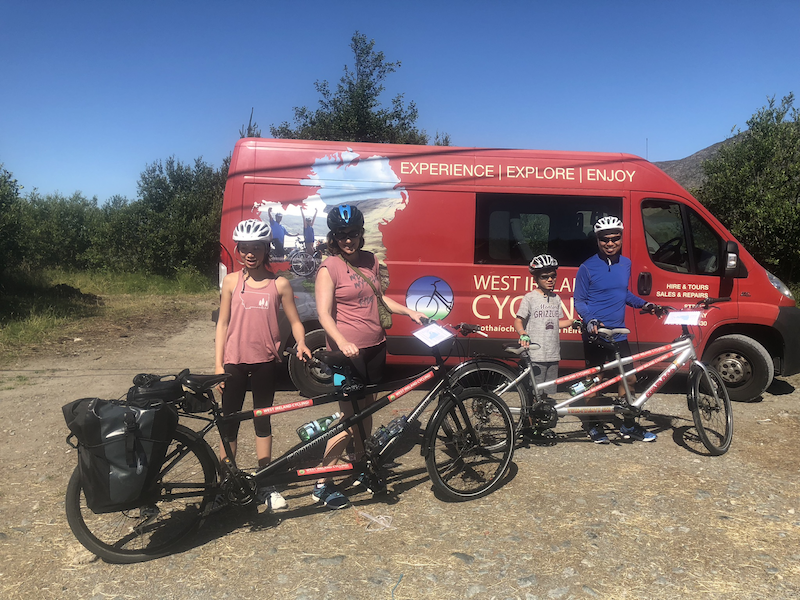
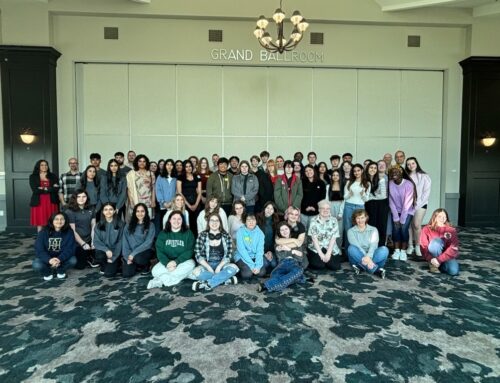
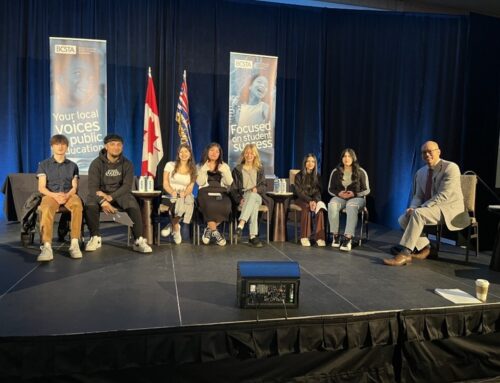
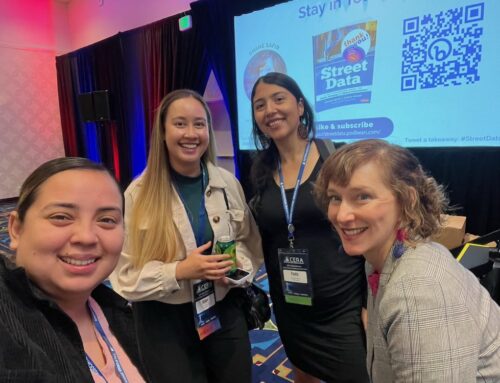
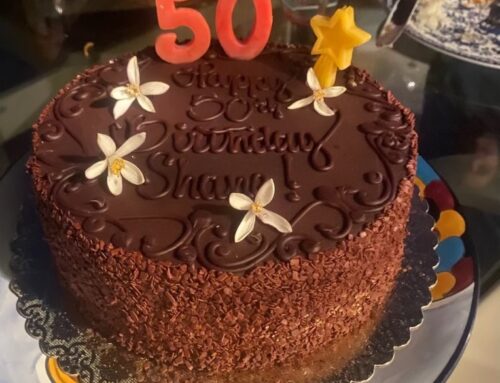
Leave A Comment
You must be logged in to post a comment.